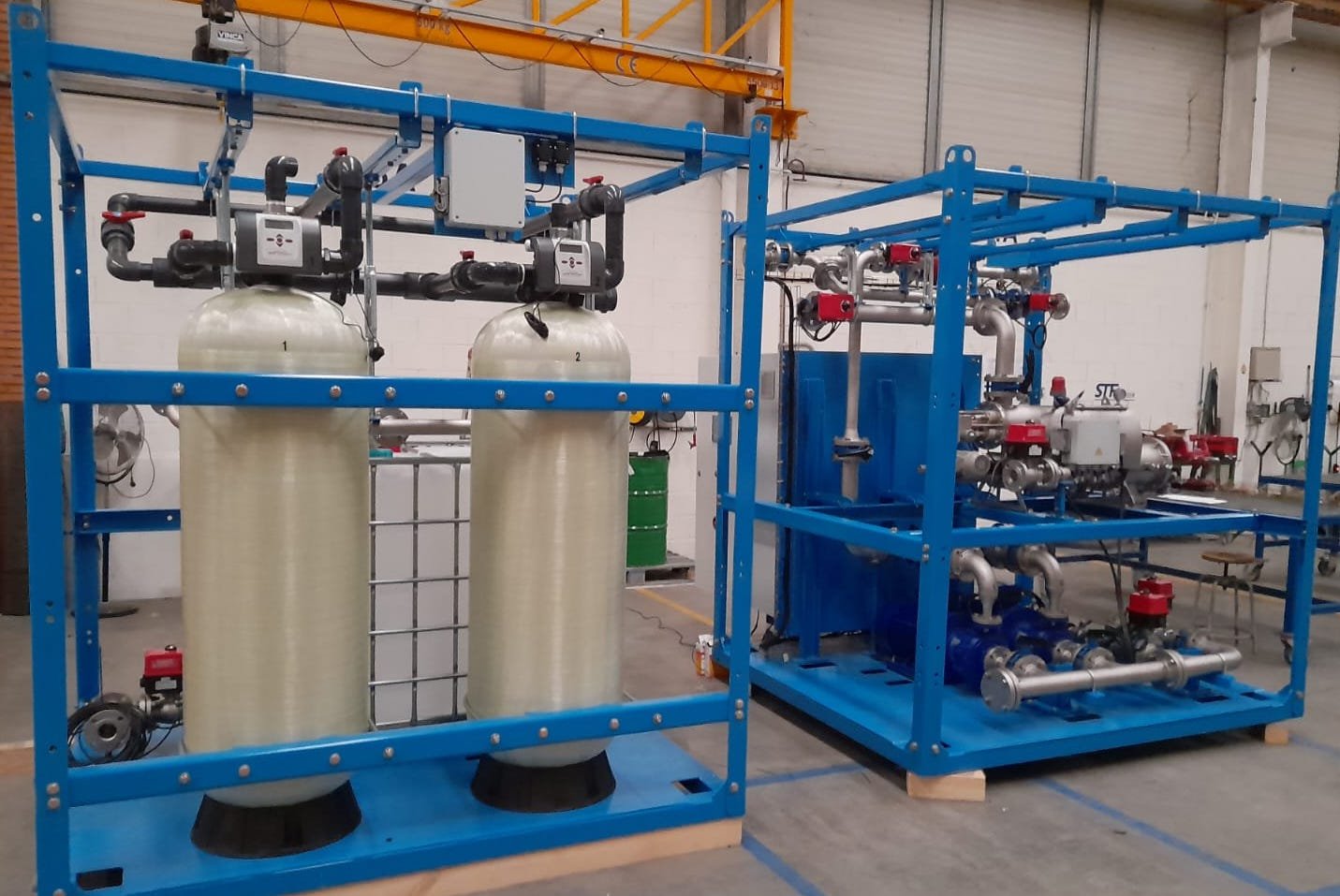
STORMWATER SOLUTIONS
Stormwater Reuse: An essential component of sustainability
Stormwater reclamation supports a wide range of applications: Irrigation, cooling towers, landscaping, toilet flushing, water features and many other uses. In all cases purification is mandated. Filtration is essential for successful purification.
Unlike municipal water, rainwater is captured in a raw state, neither disinfected nor filtered.
Collected from surfaces exposed year-round to outdoor conditions, rainwater will contain high levels of particles and even debris.
If it has been collected from hard surfaces with significant vehicular presence (driving or parking), expect petroleum hydrocarbons too.
UV light is a reliable, safe and entirely non-toxic disinfection method that uses light waves of a specific wavelength.
The CDC states that UV disinfection has “very high effectiveness” against bacteria. EPA testing determines that a “dose of 30 mJ/cm2 achieved 9.999-percent (5-log) reduction in 20 minutes in a recirculating model”.
Note: New York State mandates 40 mJ/cm2 in reuse applications.
In order for UV to be effective, the water medium must be highly transparent, since particles can block or scatter the UV light waves meant to penetrate pathogens.
The EPA notes that “ excessive turbidity...inhibits the effectiveness of UV disinfection”.
New York City requires that the turbidity of reuse water be below 2.0 NTU.
Therefore, stormwater must be filtered before being exposed to UV.
Filtration + UV in a single unit
Our Omicron 2900UV series, with filtration + UV entirely built and integrated at the factory level in a single consolidated system, offers various options to accommodate the essential factors referenced above. Single or twin (or more) parallel configurations are supplied with either 25 or 50 micron screens, and fully skidded at the factory.
As shown here, we include a pressure sustaining valve and (unless provided external to the system) a circulation pump to drive the sidestream loop.
All systems employ the same optimal high performance screen filtration technologies used with our Omicron domestic water filtration systems.
According to the CDC, stagnant water can encourage pathogen buildup, which is why both the CDC and EPA recommend ongoing recirculation. UV light is highly effective at the moment of contact but provides no disinfection residual. The optimal strategy for applying filtration and UV disinfection in a retention tank is repeated passes through a sidestream recirculation loop.
The more rapidly the tank volume is “turned over”, the greater the probability that all pathogens present will be captured and neutralized during multiple passes. For example, at a 100 gpm flow rate, a 30,000 gallon tank would be fully re-circulated every 300 minutes. At 300 gpm, the same tank would “turn over” every 100 minutes.
Omicron 2900UV-50-2CP-GAC. A customized solution built for City of New York, with a 50-micron 2900UV unit, duplex pumps (for redundancy), activated carbon filtration for VOC reduction, backwash water detention tank and pressure sustaining valve. The treated water to applications is directed to pass through the 2900UV unit just before discharge.










